MENU
Jody Morgan
01606 861 770 / jody@cheshiredance.org
It is estimated that by 2021, the number of people with dementia in the UK will have increased to around one million and the cost to the NHS about £23 Billion. Creative dancing is the most effective intervention to reduce the risk of dementia onset, achieving a 76% risk reduction score.
At Cheshire Dance, we provide opportunities for individuals living with Dementia to live in the moment and to engage physically, socially and emotionally through movement and dance.
Of all the art forms, dance is unique in placing the body and it’s lived experience as the site of exploration and art-making. Therefore, it offers opportunities for all participants to connect to their physical-selves, to discover or rediscover their bodies, to pay attention to sensation and to connect to others throughout this process in a way that no other art form does.
Although Cheshire Dance does not consider dance as a therapy, the art form itself has inherent therapeutic properties which enhance the art form benefits, enabling participants to experience wide ranging health benefits; “In contrast to physiotherapy or exercise based models, dance offers auditory, visual, tactile and somato-sensory stimulation, musical experience, social interaction, emotional perception and interaction, memory and motor learning.” (Scholl, 2013, p.5)
Particularly when working with older people with dementia, whose cognitive powers may be diminishing, dance offers an opportunity to connect with individuals through a physical, lived body experience, irrespective of their ability to communicate verbally.
The Benefits of Dance for Older People:
Dance is recognised as providing therapeutic benefit, it is a form of release and means of expression, using simple creative movements allows people to express something of their individuality.
For more information on the Dance & Dementia Programme at Cheshire Dance, please contact jody@cheshiredance.org.
See all our work connected to Dance and Older Adults, as well as our artists and partners that work with us on these projects.
To find event for older people, click here.
“I tell everyone that my dancing is helping me and I practice at home with my husband and grand kids. You don’t make me feel scared to ask for help and you say I can never get it wrong. I don’t remember everything anymore but it’s ok because I don’t have to when I’m dancing. I just enjoy it – it’s a god save. I don’t feel alone anymore...dancing has given me my confidence back.”
Dance and Dementia
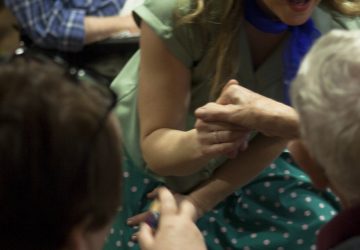
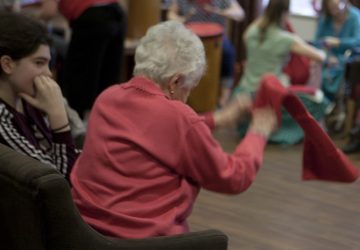
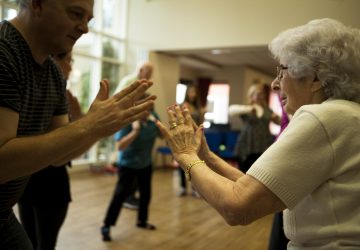
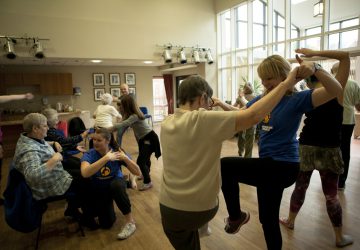
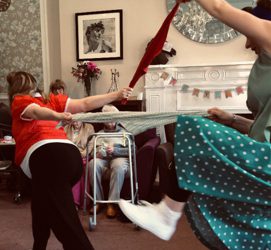
If you would like to support this group and project by making a donation. Please click on the button below.
Support

Arts Council England is the national development agency for creativity and culture. Cheshire Dance is a National Portfolio Organisation of Arts Council England.
The Hive, 49 Lever St, Manchester M1 1FN

Cheshire East provides a full range of local government services including Council Tax billing, libraries, social services, processing planning applications, waste collection and disposal, and it is a local education authority that supports Cheshire Dance and its groups within the Cheshire East area.
Delamere House, Delamere St, Crewe CW1 2JZ

Cheshire West and Chester Council is committed to celebrating diversity and promoting equality in everything it does, to improve the quality of life for everyone living, working and visiting Cheshire West and Chester.
Customer Service Centres, 1 The Arcade, Northwich

Belong is a charitable organisation whose first priority will always be to offer a higher quality of life and a higher quality of personal care in a caring and committed community.
Market Street, Nantwich, Cheshire CW5 5DQ